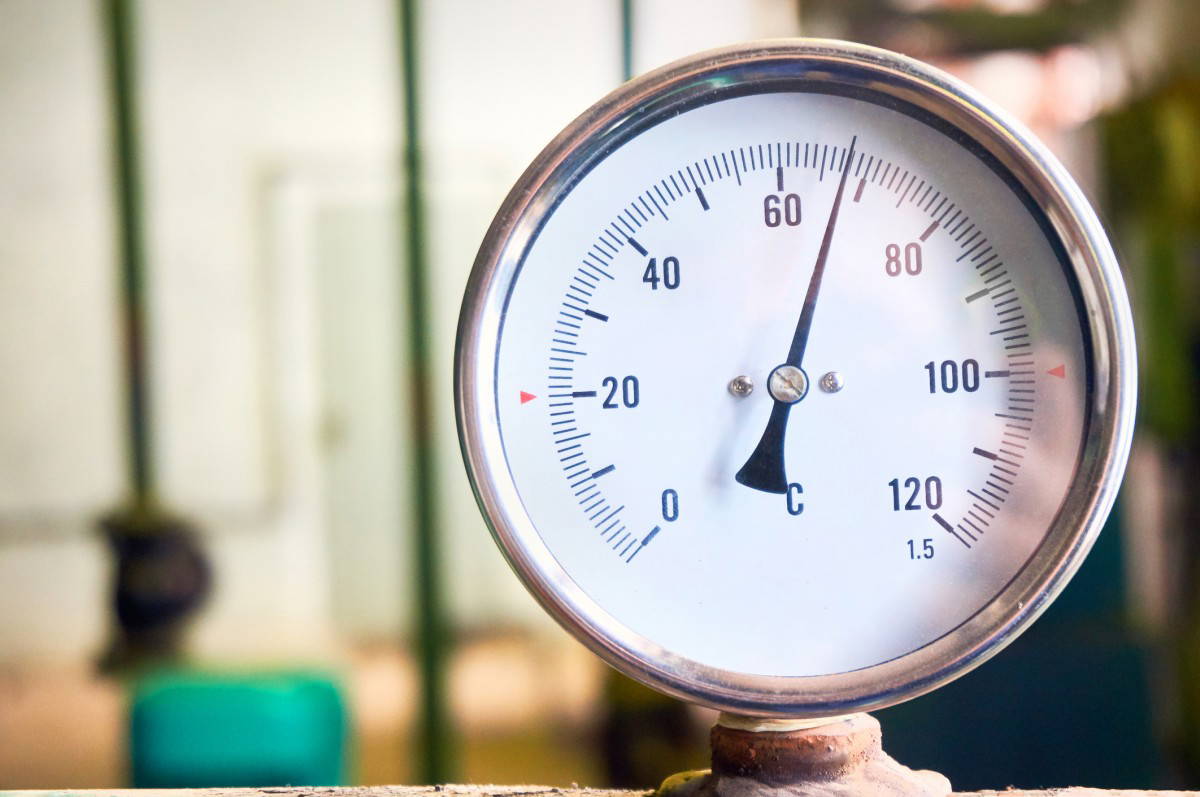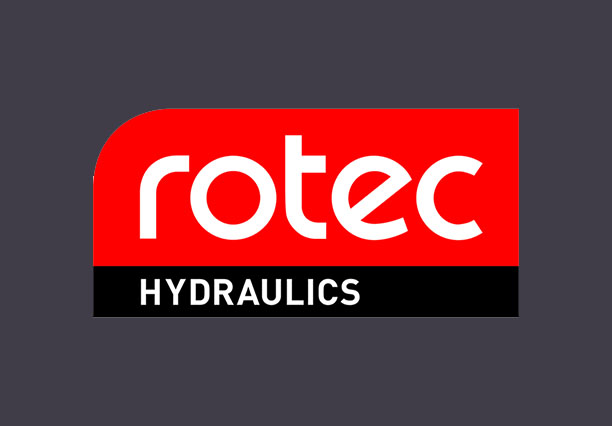High temperatures pose a significant threat to the performance and longevity of hydraulic systems. Elevated heat can lead to a rapid decline in fluid quality, premature component wear, and potential system failure. We’ve summarised some proactive maintenance measures you can take to mitigate these risks and maintain operational reliability.
Fluid Temperature Monitoring
Regularly monitoring hydraulic fluid temperature is critical. The ideal operating range for most systems is 40°C to 60°C (104°F to 140°F). Temperatures exceeding this range accelerate fluid degradation. Systems should be equipped with a reliable temperature gauge to provide accurate and continuous readings. A significant increase in temperature from a known baseline indicates a potential issue requiring immediate attention.

Hydraulic Fluid Selection and Management
The viscosity of hydraulic fluid is directly affected by temperature. As the temperature rises, viscosity decreases, reducing the fluid’s ability to lubricate components effectively.
- Adherence to specifications: Always use the hydraulic fluid recommended by the manufacturer. This fluid is designed to maintain optimal performance within the specified operating parameters.
- Viscosity Index: In consistently hot environments, a fluid with a higher viscosity index (VI) may be considered, but only after consultation with a hydraulics expert or the equipment manufacturer. A higher VI indicates less change in viscosity with temperature fluctuations.
- Fluid levels: Maintain correct fluid levels to prevent cavitation, which occurs when air bubbles form and collapse, causing damage to pumps and other components.
Cooling System Maintenance
The hydraulic cooler is vital for dissipating heat. Its efficiency is paramount in high-temperature conditions.
- Regular cleaning: The cooler’s fins must be kept free of debris, such as dust, dirt, and leaves, which can restrict airflow. Use compressed air or a soft brush to clean the surface regularly.
- Inspection: Inspect the cooler for any damage, such as bent fins, that could impede heat exchange.
- Fan operation: For forced-air coolers, verify that the fan is operating correctly and is free from any obstructions or electrical faults.
Operational Practices
Operational practices can significantly influence a system’s thermal load.
- Duty cycles: Avoid continuous, high-load operation during the hottest periods of the day. Scheduling demanding tasks for cooler hours can reduce thermal stress on the system.
- Load management: Where possible, reduce the load on the equipment to decrease the amount of heat generated.
Component Integrity Checks
High temperatures can degrade seals and hoses, leading to leaks and component failure.
- Leak inspection: Regularly inspect all hoses, seals, and connections for signs of leaks. Heat can cause materials to harden and crack, compromising their integrity.
- Physical inspection: Check hoses and seals for signs of blistering, cracking, or other physical deterioration.
- Connection integrity: Ensure all connections are properly tightened to prevent leaks caused by vibration and thermal expansion.
By implementing these preventative maintenance measures, system operators can ensure the long-term health and efficiency of their hydraulic equipment, even under the stress of high-temperature conditions.
